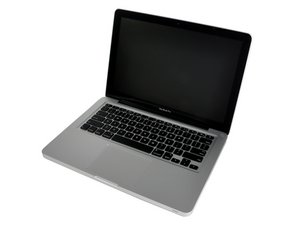Quick question about upgrading RAM and SSD
Early 2011, 13” Macbook Pro 2.3 GHz Core I5. Not so much worried about upgrading the RAM, that seems super simple, just make sure the new memory (I am going Crucial RAM) is plugged in correctly right?
I am a little more apprehensive about upgrading to an SSD, as my computer works perfectly fine as is and I would hate to break the HD SATA cable and have to go through fixing that as well and possibly having that start to fail constantly as I have read so much about online. So my question is, any way I can tell if the cable is likely to break by just removing the bottom cover of the MBP without disturbing the SATA cable? Should I just let it be? If my hard drive has failed and been replaced in the past, what are the odds I already have a newer HDD SATA cable or does that mean I am more likely to have a bad HDD SATA?
Kinda a why fix what’s not broke type of deal, I only use this laptop for browsing the web and emulating some older games so I am thinking an upgrade to the 8 GB of RAM from 4 GB would be enough (Activity Monitor tells me I am using 3.5 GB when I have 3-4+ Chrome tabs open, and about 3 GB when I am only running RetroArch). Above all I would hate to lose this machine, so give it to me straight, what is the risk I run of messing up the HDD SATA cable if I try to upgrade to a SSD and is it worth it in terms of what I use this laptop for.
Thanks in advance for any advice!

 1
1 
 329
329  970
970 